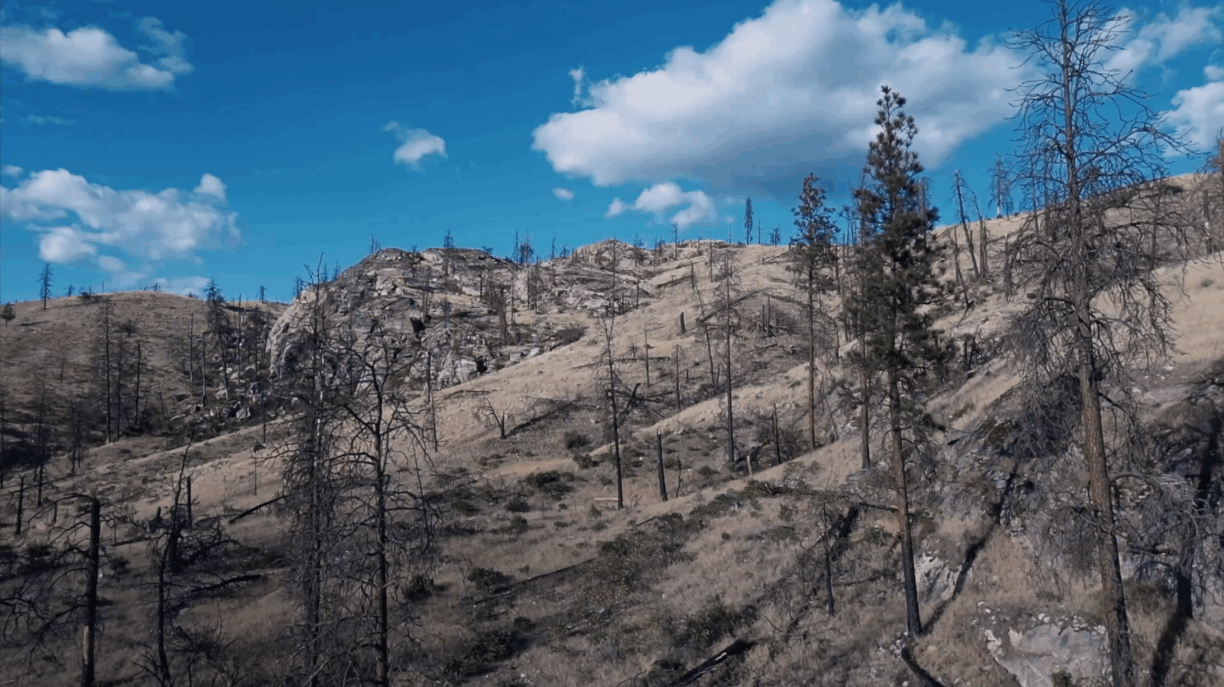- make sunshine and glory, too –Antonia Hirsch
- make sunshine and glory, too –Antonia Hirsch
- make sunshine and glory, too –Antonia Hirsch
- make sunshine and glory, too –Antonia Hirsch
make sunshine and glory, too
Antonia Hirsch
23 June–
4 August 2012
Curated by: Jonathan Middleton


Antonia Hirsch, make sunshine and glory, too, exhibition at Or Gallery, 2012.
make sunshine and glory, too
Antonia Hirsch
Curated by: Jonathan Middleton
Or Gallery Berlin has been hosting Antonia Hirsch over the past few months as its first artist-in-residence. During her residency, Hirsch developed an installation that incorporates objects and video and continues her inquiry into the interconnection between affect and economy. It considers colour as an instantiation of affect, and flowers as an example of a luxury good without use-value, an expression of an excessive expenditure in the Bataillian sense. make sunshine and glory, too confronts these abstract notions with a material reality in the form of the cut flower trade. Antonia Hirsch writes:
“Over the past centuries, theories and systems have attempted to represent the irrepresentable, such as colour. The hues and transitions of colour are akin to—and often cause—affective states that are similarly defined by an ephemeral, ambiguous, and unfathomable quality. To become communicable, these phenomena must be cast into fixed terms; yet this very definition belies their inherent transcendent qualities. The representation of sense experience and resulting affective states involves a dialectic operation, an exchange through which an approximation of the thing to be represented can be found: a process very similar to agreeing on a good’s value. This ‘value’ could be simply understood as an item’s price, or more profoundly, as its relative position in a system organizing utility, or ethical, philosophical, and aesthetic values.
“Colour theory and models have attempted to accomplish this fraught task of representation. In an environment dominated by screen technology, one of the most prevalent colour systems in operation is the RGB model, an additive system in which the colours red, green, and blue combine to create white light. make sunshine and glory, too deploys this colour model using daylight and architectural space, giving rise to a rainbow: the naturally occurring spectral ordering of hues.
***
“The Dutch Golden Age saw the brief emergence of a phenomenon that is today known as ‘tulipmania’ (1633-1637). During this period the tulip, an ephemeral object without use value, became the subject of intense speculation and its—at times astronomical—prices were determined to a large degree by its colour. As is generally the case in speculative economies, tulipmania was based on desire—for an object that acted as a stand-in for other, non-material values. Parallel to the trade with tulips, the early sixteen hundreds also saw the emergence of an active trade in paintings and art objects. Paintings of this period often featured ‘portraits’ of the most valuable tulips in a given collector’s possession. Fundamental to this preoccupation with the colourful flowers was the engagement with colour itself and its perception that here reveals itself to have been embedded in an emergent, early bourgeois consciousness expressive of the latter’s attendant values.
“The valuation of an ephemeral object through artistic representation, and by extension, the rise of the valuable art object as a sign of high culture experienced an odd reversal in the fashion of black velvet painting, particularly popular in 1970s North America. The technique of painting on velvet actually originated in the Kashmir region (incidentally also a native region of the tulip) where velvet itself was first produced around the 8th century A.D. and where it was associated with nobility. By contrast, velvet painting of the 1970s became emblematic of lowbrow kitsch and cheap emotion.
“make sunshine and glory, too mobilizes these elements of trade, affect, and colour and proposes that an economy be understood as more than a system of fiscal transactions, but as a system of representation—expressive of a way of perceiving and interacting with the world and each other. While affect is both a generator and a consequence of economic exchanges, it is, conversely, also the modality of those economic exchanges that structure affect, resulting in topographies of the sensible that underpin everyday life. make sunshine and glory, too proposes the consideration of a surplus describing that which representational systems are unable to adequately capture.”
Or Gallery Berlin was established in December of 2010 as a satellite project of Or Gallery (Vancouver). make sunshine and glory, too marks its fifth exhibition. The Or Gallery Society gratefully acknowledges the support of the Canada Council, the Province of BC through the BC Arts Council, the City of Vancouver, our members, donors, and volunteers. Or Gallery is a member of the Pacific Association of Artist Run Centres (PAARC). The artist acknowledges the support of the Canada Council for the Arts.
In Kooperation mit der Botschaft von Kanada/In collaboration with the Embassy of Canada
Location:
Or Gallery Berlin
Exhibition Opening:
Saturday, June 23, 2012
4-8PM



